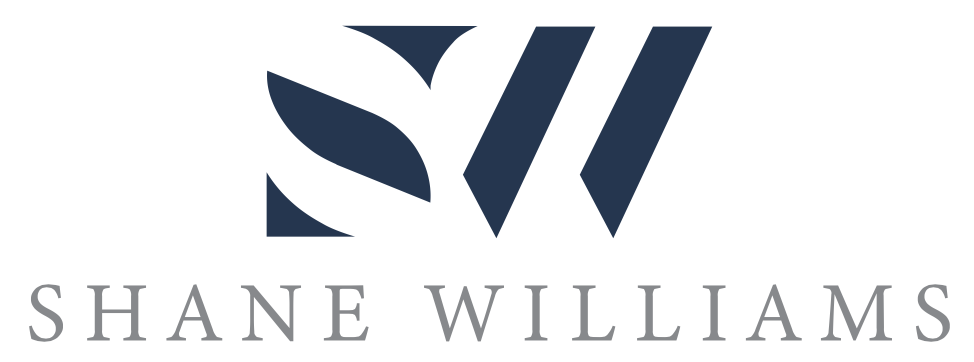How improved ways of working unlock scale in software engineering teams
Chris has had a long career within the technology leadership space, spanning over 25 years and punctuated by impressive achievements. Chris made waves at ANZ, reimagining the company during his time as General Manager for ANZx technology and Omni-Channel, as well as Technology lead for ANZ’s New Ways of Working Transformation. He is now the Chief Technology Officer at REA, where he has been tasked with continuously improving and developing their technology strategy, and is also a member of the Board of Advisors at the University of Melbourne.
Although Chris is a technology leader who works with the top-dogs, his experience as a consultant for maturing digital businesses will be highly interesting to those who are merely beginning their start-up journey.
I wanted to know from Chris’ extensive experience what he observed in company’s experiencing growing pains, and what can halt scale and improvement.
“Whether they start out in a garage with 10 people or something else, every company begins by prioritising speed. It’s all about getting your product to market quickly,” Chris tells me. “You can keep that up to a point, but eventually you will scale to a size where you will start to have difficulties.”
Chris references that this is all to do with the theory of ‘Dunbar’s Number’. This is the idea that there is a cognitive limit on human groups, whereby to maintain cohesion, an individual’s social network cannot exceed 150 people. In a large organisation such as REA, where the number of employees is in the thousands, relying on ad-hoc communication techniques is bound to cause difficulties.
“When teams stop communicating effectively, you see that the same workplace will spend time tackling the same problems over and over, and you will also inevitably get silos of data due to a lack of visibility.”
To explain using another adage, Chris references that one of the consequences of a lack of structure can be observed in Conway’s Law. This refers to Melvin Conway’s theory that 'any organization that designs a system will produce a design whose structure is a copy of the organization's communication structure'.
“To explain the consequences of this using a customer’s perspective, it is what occurs when you call many of the large banks or telecommunications companies. In one phone call, you could be handed off to five or more people to solve your problem,” Chris said. “Individual teams have their own systems that don’t communicate with one another, causing information silos. If you’re not deliberate with how you organise yourself, you can undermine the customer’s experience.”
Chris explains that at the crux of organisational design, is deciding how you want to show up to customers. He explains that companies either design themselves as resource efficient or flow efficient.
“Companies that are resource sufficient organise themselves around the fact that you've got highly skilled workers, who are also often highly paid. As these individuals are a scarce resource, you need to keep them 100% utilised and occupied.”
Chris explains that this structure is not dissimilar to a hospital, which are usually set up to be resource efficient. For example, a surgeon would be one of these highly paid and skilled employees. If a customer or patient needs to see multiple surgeons or specialists to have a problem solved, they will have to wait for weeks to meet with the individuals they need to see to achieve resolution.
“Fixing your problem as a customer in these systems is an awful experience because those surgeons are always 100 percent utilised. This is because a resource efficient model organises the medical profession.”
However, Chris explains that if we were to build a hospital or medical facility that is structured around flow efficiency and prioritises the customer, you would have all the people you need to solve a customer’s problem in the same team.
“You really have to think about what structure you will choose, and whether you are product or customer aligned… there’s never a perfect answer. You do have to consider that economically, a flow structure might not appear to be a wise choice.”
I wanted to know what this looked like at REA, and what path they have chosen.
“In Team Topologies, they would label our teams as ‘stream-aligned’, which means they focus on a single problem or stream of work. We have also created ‘enabling teams’, which is another term from Team Topologies, and they are the teams who assist the stream-aligned teams and reduce their cognitive load.”
It truly wouldn't be an episode of Platform Diaries if we didn't discuss the seminal work Team Topologies at least once!
As our conversation drew to a close, I asked Chris what was next for REA.
“We are still asking ourselves ‘how do we grow?’, ‘how do we scale?’, ‘what can improve our whole platform strategy?’. We've got some great platforms but as we grow, we need to get even more value from them," Chris reveals.
Although REA is a business going from strength to strength, Chris’ commitment to continuous improvement is a great lesson to those who are beginning their first start-up and references a discussion point from a previous episode: stagnation is moving backwards.
